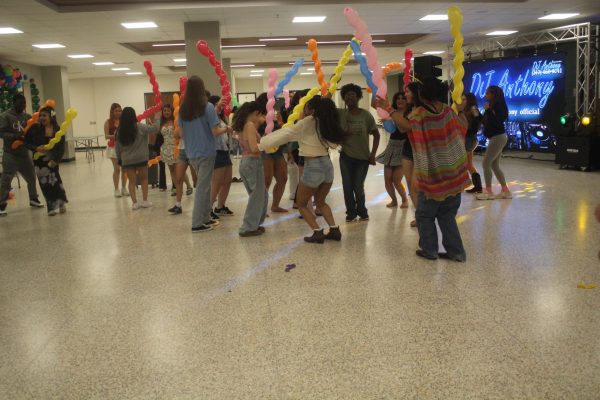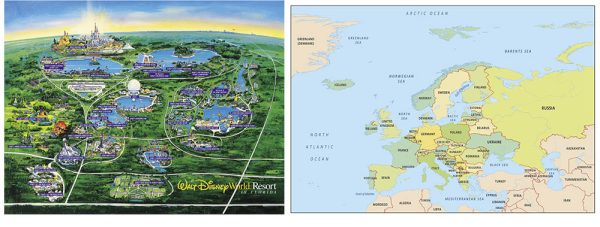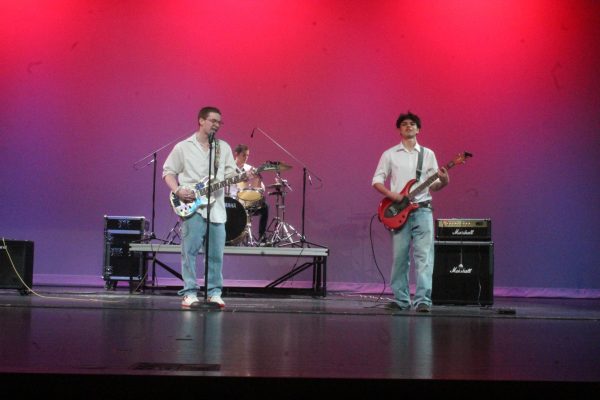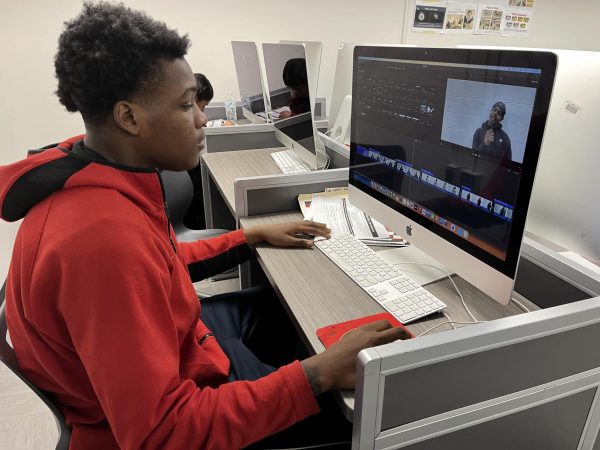Geology class tests models using Richter scale simulation
Science teacher Dave Dick’s geology class split into groups on Nov. 17 and Nov. 19 to build model structures out of balsa wood and popsicle sticks that they tested to see how earthquake-proof they were.
“We have a simulator that will simulate difference wave earthquakes like a six on the Richter scale, a seven on the Richter scale so once they built those they put them on those, on the simulator, and we see how hard they are, how much damage their building can take,” Dick said.
Earthquakes are a natural phenomenon caused by the movements of the Earth’s tectonic plates, which are large pieces of the Earth’s crust divided up. The Earth is moving constantly, however, it happens so slowly that most of the time no one notices it. Even though humans don’t generally notice the movements of the tectonic plates doesn’t mean they aren’t moving and occasionally two tectonic plates will slip past one another, when this happens an earthquakes is caused. The slip caused by the two tectonic plates is called a fault.
Earthquakes are recorded by instruments caused seismographs which produce seismograms. Seismograms are used to study the size of an earthquake, which is rather difficult because the size of an earthquakes is caused by the amount of slip in its fault, which is several miles beneath the surface of the Earth. The recordings from the seismographs are used in the Richter Scales, which is how the size of an earthquakes can be determined.
The simulator used in Dick’s geology class replicates the vibrations caused by an earthquakes, that way the students can determine whether or not their balsa wood structure is strong and sturdy enough to withstand one.
“We’ve had the simulator here for a long time and this class seemed like the suiting typed of class to do this type of thing but we’ve had, the idea has been around but it’s to give the kids an idea of it’s not so easy to build a structure that would stand an earthquake.” Dick said.







